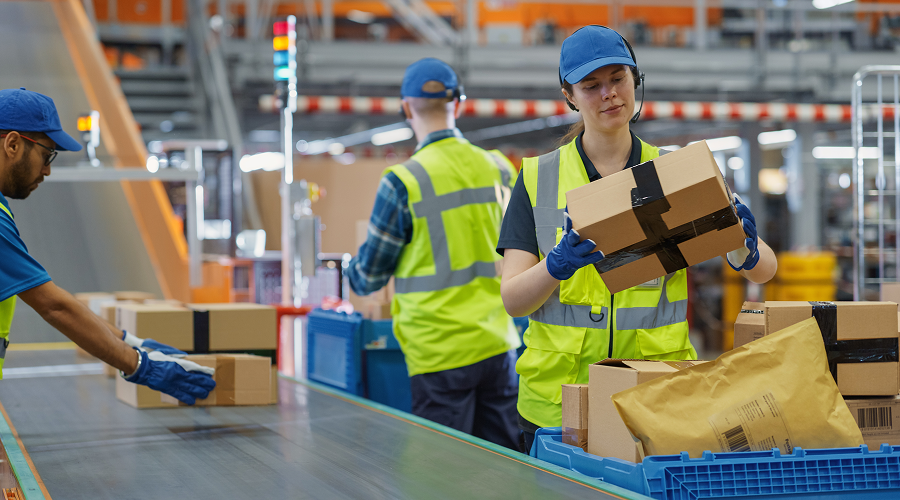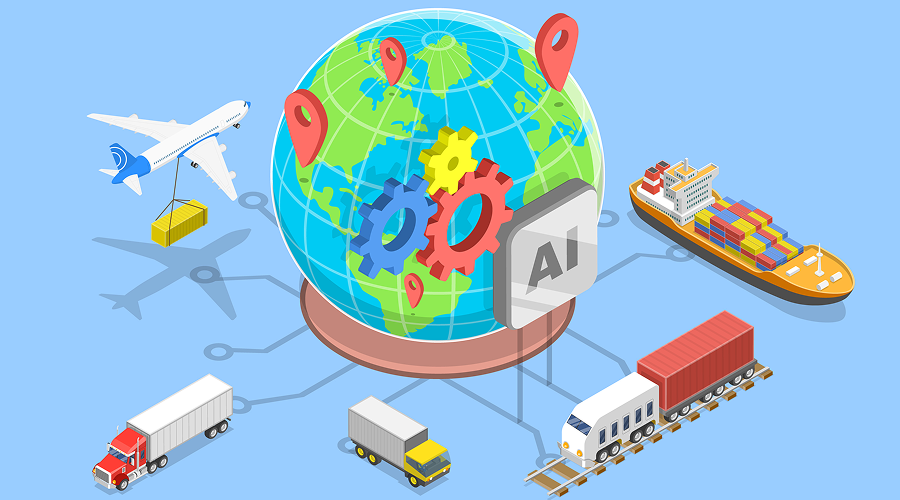Is Same-Day Delivery Really Necessary? The Optimal Solution for Customers' “Speed and Cost” Demands

1. Introduction: The Importance of Delivery Speed in the E-commerce Industry
In the increasingly competitive e-commerce market, customers are demanding faster deliveries more than ever. Platforms like Amazon and Rakuten have set high expectations, where same-day or next-day delivery is becoming the standard. In this environment, e-commerce businesses must carefully balance “speed” and “cost” to meet customer expectations while maintaining profitability.
2. What Customers Really Want in Terms of “Speed”
Customer expectations go beyond mere speed. Key aspects include:
- Delivery Accuracy: Ensuring products arrive within the promised time window.
- Delivery Flexibility: Allowing customers to choose specific delivery times or locations.
- Tracking Transparency: Providing real-time updates on the status of the shipment.
These factors greatly influence customer satisfaction. For example, a delayed delivery can significantly reduce trust in a brand. Therefore, businesses need to consider these elements holistically, rather than focusing solely on speed.
3. Balancing Cost: The Feasibility of Same-Day Delivery
Implementing same-day delivery requires a well-optimized logistics network and inventory management system, both of which can be costly. For example, expanding fulfillment centers, hiring additional staff, and operating a fleet of delivery vehicles all require significant investment.
E-commerce businesses can take the following measures to balance speed and cost:
- Limiting Delivery Areas: Restricting same-day delivery to certain regions to reduce expenses.
- Adjusting Delivery Windows: Offering specific time slots to optimize operational efficiency.
- Diversifying Delivery Methods: Exploring technologies such as drones or autonomous vehicles for faster delivery.
By combining these approaches, businesses can achieve an effective balance between cost and delivery speed.
4. Case Studies: Successful E-commerce Strategies
Several companies have successfully balanced speed and cost:
- Company A: Concentrated fulfillment centers in urban areas and offered same-day delivery only in select regions, reducing costs while meeting demand.
- Company B: Leveraged AI for demand forecasting, optimizing inventory and improving delivery efficiency while minimizing excess stock.
- Company C: Conducted experimental drone deliveries in specific areas, achieving same-day delivery and gaining public attention.
These examples demonstrate how companies can leverage strengths, technology, and logistics strategy to enhance both efficiency and customer satisfaction.
5. AnyLogi’s Proposal: Building an Optimal Logistics Strategy
AnyLogi is a comprehensive logistics platform supporting both domestic and international operations. It integrates seamlessly with various e-commerce platforms and marketplaces, including Shopify, to optimize inventory placement, warehouse management, and delivery planning.
For cross-border e-commerce, AnyLogi provides additional services such as customs calculation, transport mode selection, and international shipment tracking. Leveraging AI-driven inventory and delivery insights, AnyLogi helps businesses maintain efficiency, minimize stockouts or excess inventory, and enhance customer satisfaction across markets.








